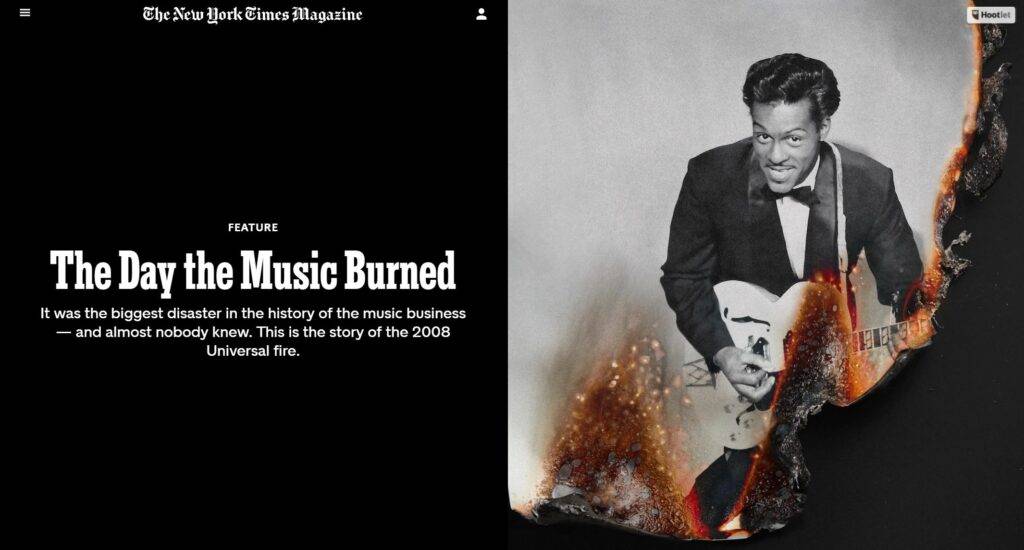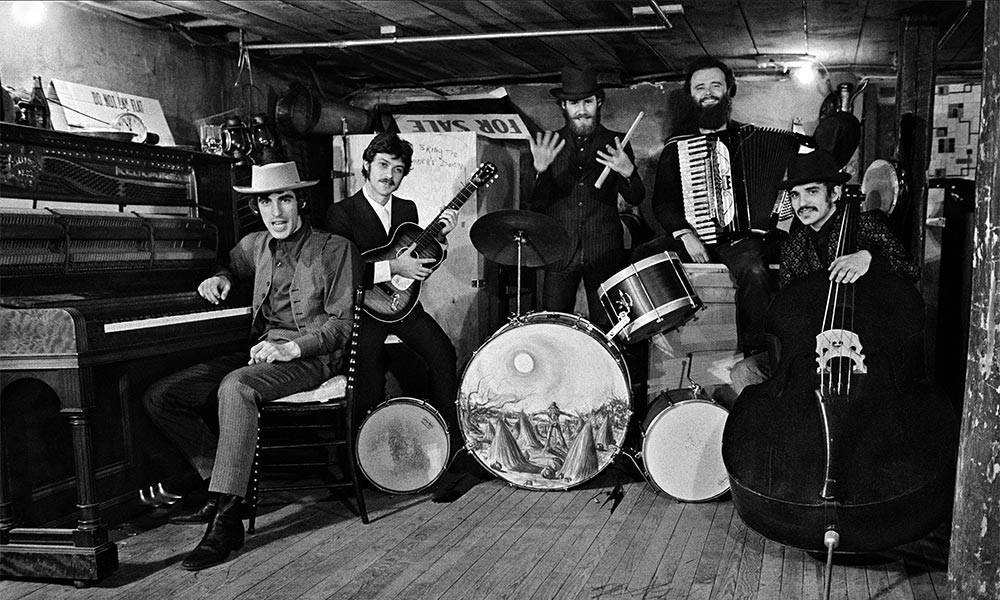
Joe Bonamassa Weighs in on Maple vs Rosewood Fingerboards for Strat’s
Joe Bonamassa Weighs in on Maple vs Rosewood Fingerboards for Strat’s, This Explains Why He Prefers the Former
Joe Bonamassa, a renowned guitarist, has weighed in on the eternal debate of maple versus rosewood fingerboards for Stratocasters.
Joe Bonamassa noted how he tends to lean toward maple fingerboards for his Stratocasters, arguing that the combination makes the notes “jump off it in a different way” compared to Strats with rosewood fingerboards.

Although the choice of fingerboard wood boils down purely to aesthetics some, others base their preferences on the sound quality that each material is said to have. Joe Bonamassa seems to fall under the latter category, and has a clear favorite in mind, at least when it comes to Strats.
In his recent Guitar World column, JoBo argued that rosewood fingerboards offer more of a “Stevie Ray Vaughan-type sound”, before throwing his hat in the camp of players who prefer the punchiness of the maple. In addition, as Joe reminds us, the original Strat’s came with maple fingerboards:
“Strats were first offered with maple fingerboards, and, starting in 1959, the guitars were available with rosewood fingerboards. One can argue that a rosewood ’board results in more of a Stevie Ray Vaughan-type sound.
“I always refer to maple-neck Strat’s as the ‘Buddy Holly’ guitar, and great players such as Eric Johnson, Eric Clapton and Jimi Hendrix are also well known for playing maple neck Strat’s.
“Personally, I’m more of a maple-fretboard Strat player. To my ears, the notes jump off it in a different way, as compared to a rosewood ‘board.”
Check out Joe Bonamassa’s upcoming summer European tour dates here.






Responses